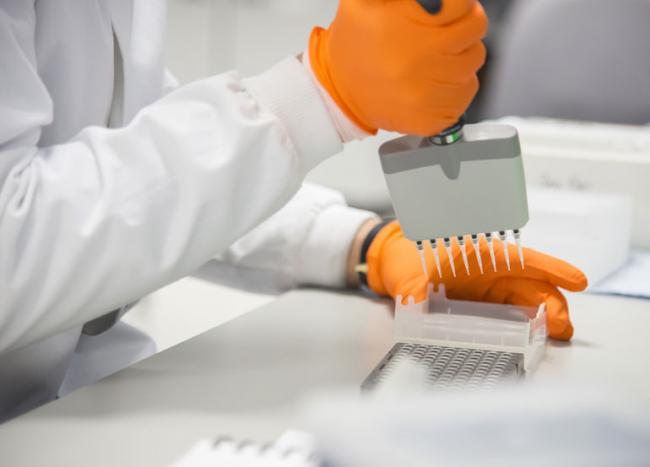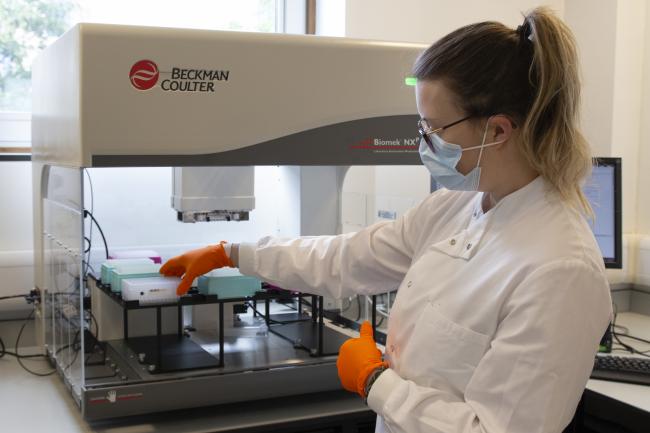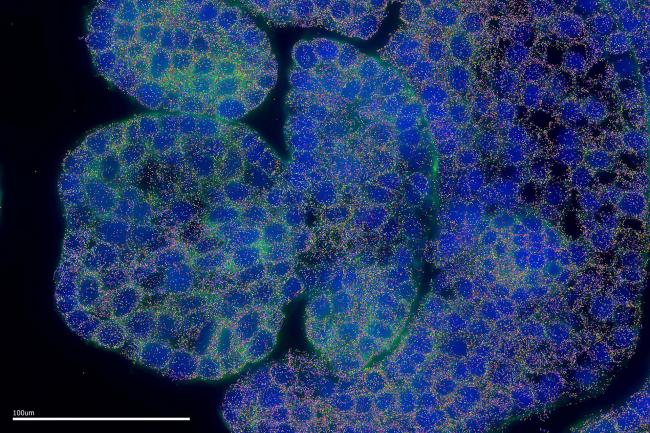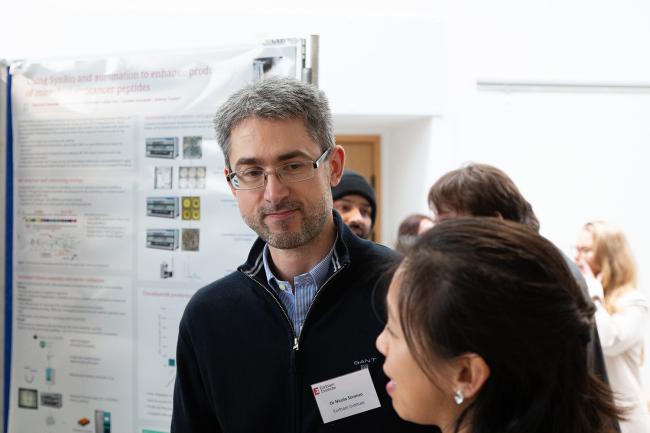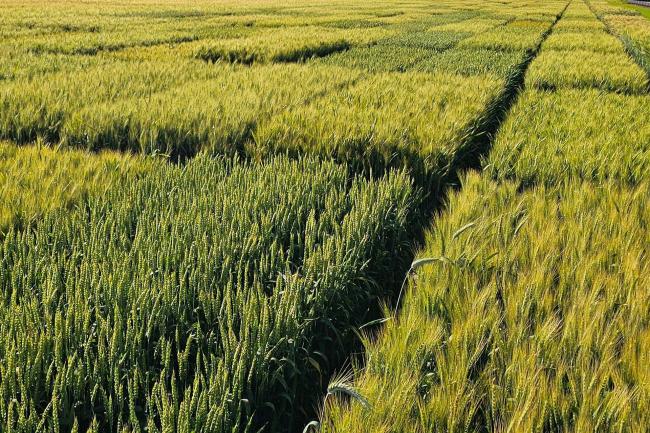
While COVID-19 vaccine deployment is now underway, a threat to vaccine effectiveness comes from the emergence of new strains, both existing - such as the UK, South Africa and Brazil variants - and those yet to come.
In an editorial for the journal Virulence, Professors Neil Hall, Cock van Oosterhout, Hinh Ly, and its editor-in-chief Prof Kevin Tyler, say: “continuing public health efforts to encourage vaccination as well as continued use of proper personal protective equipment (PPE), such as proper masking and maintaining safe social interactions, is of utmost importance.
“Humanity is faced with a new reality. The faster we adapt, the better our long-term prospects. We must stop the evolution and spread of more virulent virus strains now. We, therefore, support public health policies with strict control measures in order to protect our public health system, our individual wellbeing, and our future.”
The researchers look back at what has happened and how best to respond now, highlighting that the roll-out of economic stimulus packages and easing of restrictions in many countries appears to have fuelled the rate of person-to-person transmission.
As a result, they say at the start of winter the population number of the virus continued from a much higher base than would otherwise have been the case, adding: “By not absolutely minimising the ‘R number’ when we had the chance, we extended the pathogen transmission chains, providing more opportunity for it to mutate and evolve into more virulent variants.”
Additionally, the authors highlight that an increased virulence - or higher R value - can also result from the virus evolving the ability to infect people for longer. They go on to warn that continued virus evolution in animal hosts, such as cats and mink, followed by transmission into susceptible human hosts, poses a significant long-term risk to public health; suggesting that the vaccination of certain domesticated animals might be important to halt further virus evolution and ‘spillback’ events.




